


In the ever-evolving world of video games, visuals serve as the first point of connection between players and virtual worlds. Beyond mere aesthetics, game development visuals create emotional resonance, establish atmosphere, and communicate crucial gameplay information. From indie passion projects to AAA blockbusters, the visual language of games speaks directly to our emotions and memories, often leaving impressions that last long after the controller is set down.
This article explores how thoughtful visual design transforms good games into unforgettable experiences, analyzing the key elements that make game visuals truly memorable. We'll examine iconic examples, provide practical tips for developers working with limited resources, and look toward the future of game visuals in an increasingly technology-driven landscape.

The most memorable games forge powerful emotional connections with players through their visual presentation. This connection often begins before a single line of dialogue is spoken or a gameplay mechanic is introduced. The visual language of a game communicates tone, setting, and emotional context immediately and continuously throughout the player's journey.
Visual pacing—the rhythm of revealing environments and set pieces—mirrors emotional storytelling. Games like Inside use visual restraint and carefully timed reveals to build tension and deliver emotional payoffs. The monochromatic palette punctuated by small splashes of color guides players through its disturbing world while maintaining emotional impact.
Character design creates immediate emotional investment. The exaggerated, expressive features of characters in games like Psychonauts communicate personality instantly, while the minimalist design of the companion cube in Portal somehow manages to create attachment to an inanimate object through purely visual means.
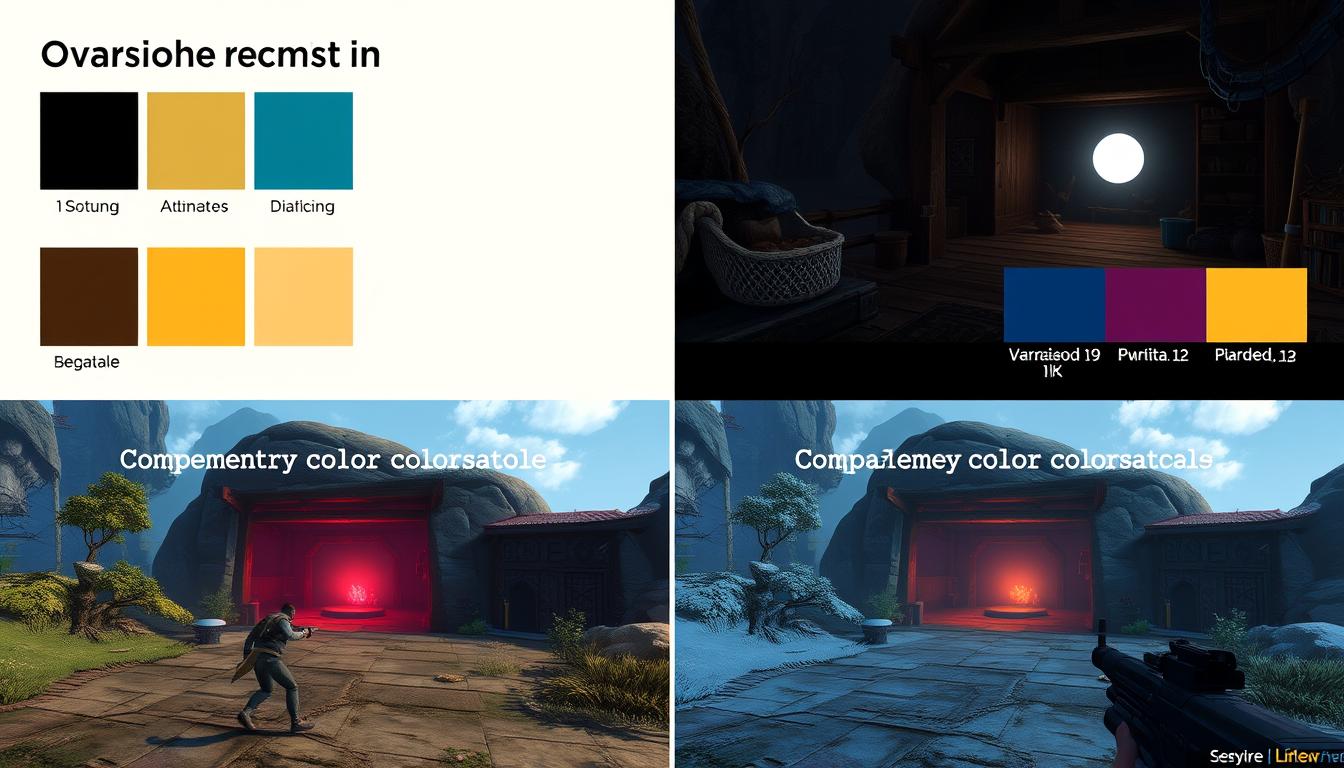
When your team spans multiple time zones, synchronous communication becomes challenging. Asynchronous tools allow creativity to flow without requiring everyone to be online simultaneously.
Color can also serve functional purposes. Team Fortress 2 uses distinct color coding to help players instantly identify team affiliations in fast-paced gameplay. Meanwhile, The Witness uses color to subtly hint at puzzle solutions without explicit instructions, merging aesthetic and functional purposes.
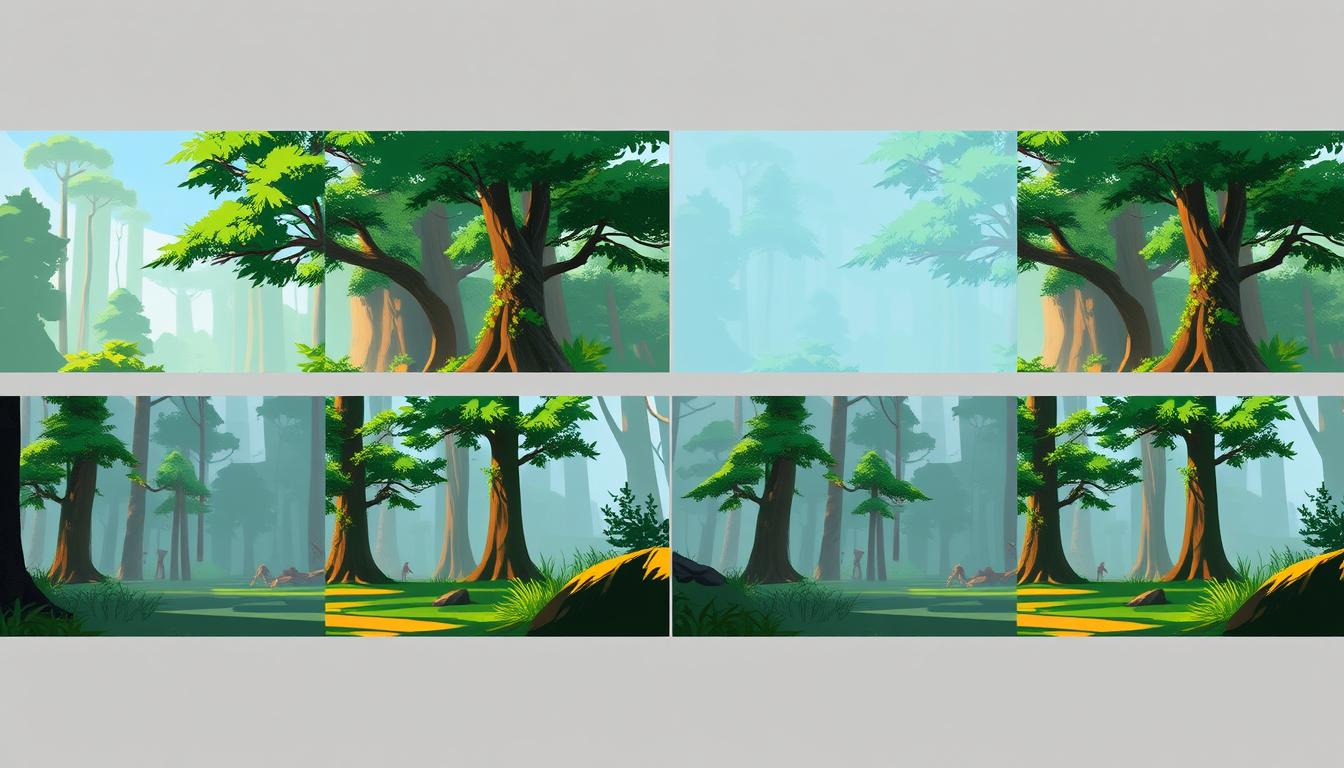
A game's art style is its visual fingerprint—a cohesive approach that unifies all visual elements. Successful games commit fully to their chosen style, whether it's the cel-shaded expressiveness of The Legend of Zelda: Wind Waker, the painterly impressionism of Okami, or the pixel art precision of Hyper Light Drifter.
Consistency within that style builds player trust and maintains immersion. When a game suddenly shifts visual approaches, it can break the player's connection to the world. Even games that intentionally mix styles, like Media Molecule's Tearaway with its digital papercraft aesthetic, maintain internal rules that make these combinations feel deliberate rather than disjointed.
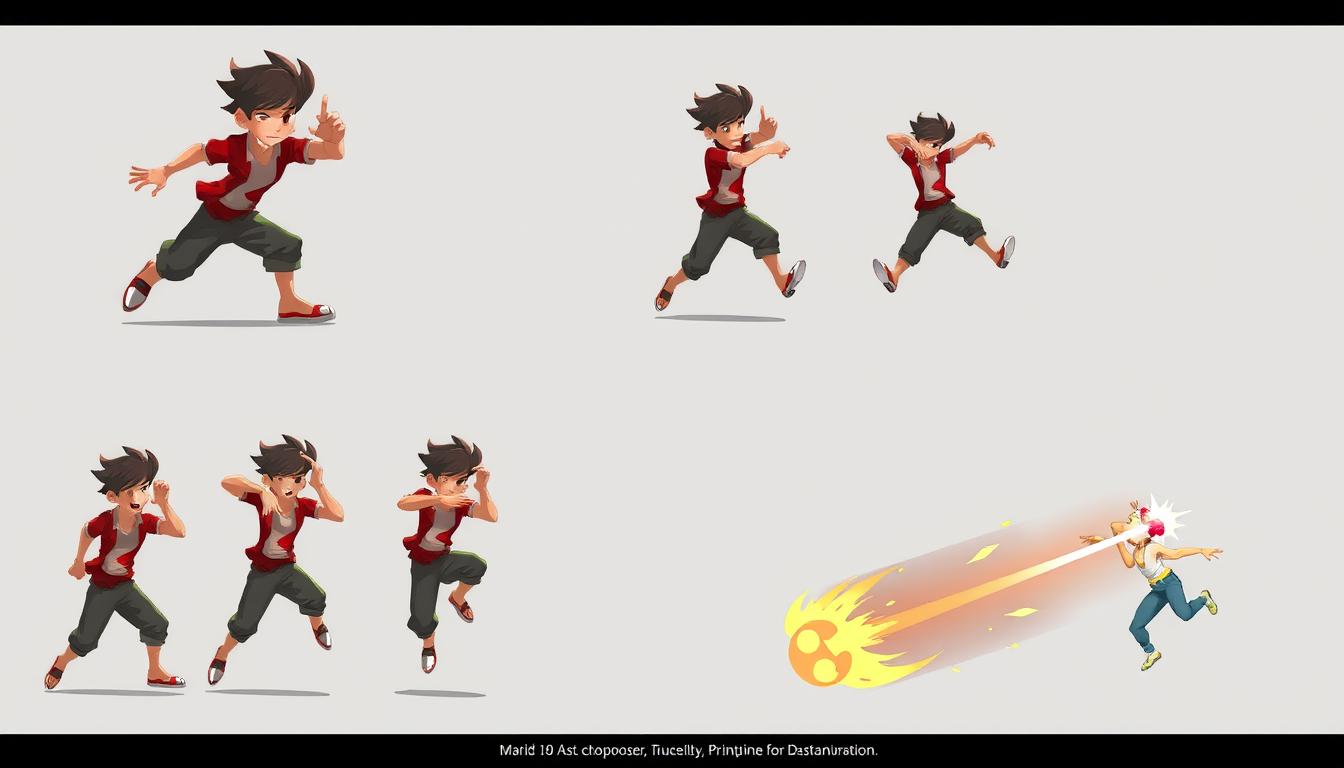
Animation breathes life into game visuals, transforming static designs into living entities. The principles of anticipation, follow-through, and exaggeration—borrowed from traditional animation—create believable movement even in stylized worlds. Games like Cuphead demonstrate how animation can become a central artistic statement, with its painstakingly hand-drawn animations paying homage to 1930s cartoons.
Character movement communicates personality as effectively as dialogue. The bouncy, enthusiastic animations of Mario instantly convey his cheerful determination, while the fluid, predatory movements of the xenomorph in Alien: Isolation create tension through motion alone. Even environmental animations—swaying grass, flickering lights, or flowing water—contribute to a world that feels alive and responsive.
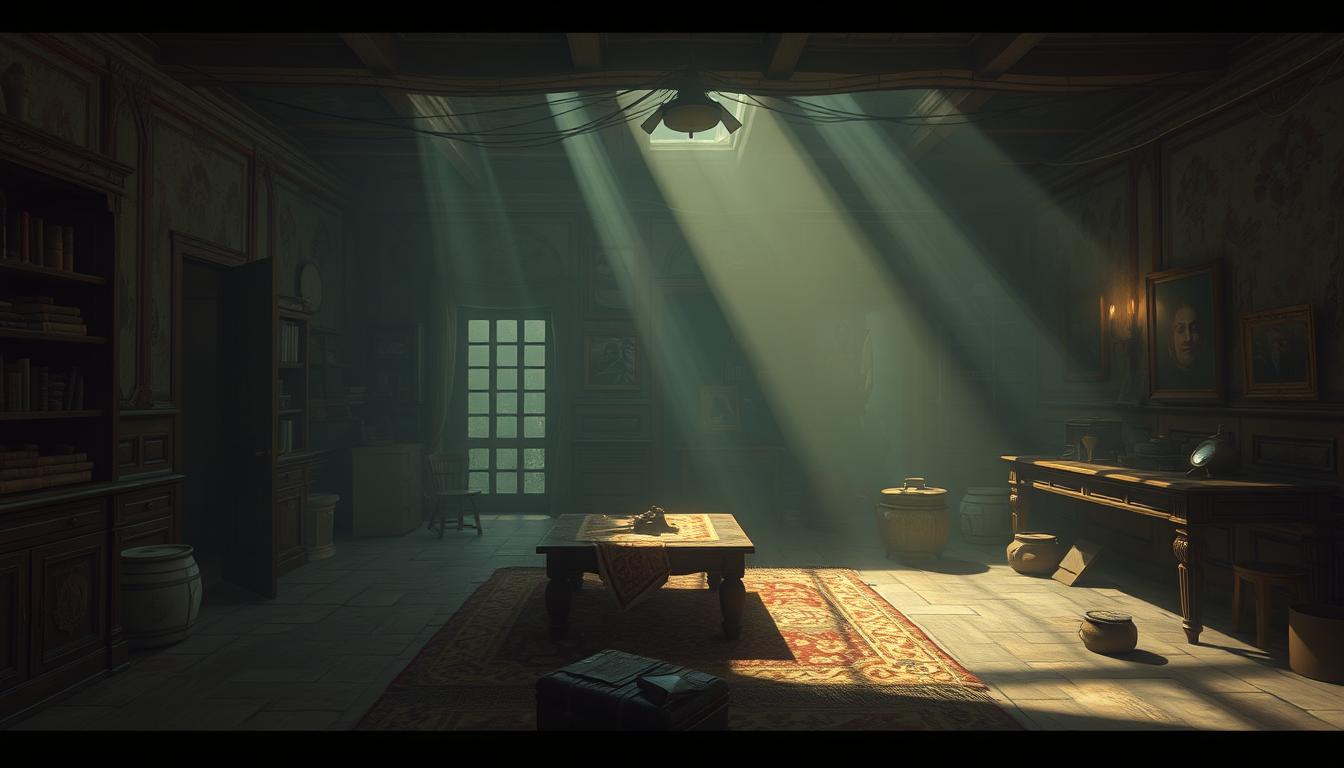
The environments in games often tell stories without a single word of dialogue. The arrangement of objects, architectural details, lighting, and visual wear-and-tear can communicate rich narratives to observant players. Games like BioShock and Dark Souls excel at embedding story elements directly into their visual environments.
Environmental storytelling rewards exploration and observation, creating deeper engagement with the game world. The post-apocalyptic settings of The Last of Us use environmental details—abandoned personal items, hastily barricaded doors, faded posters—to tell the stories of those who once inhabited these spaces, creating emotional resonance through purely visual means.

thatgamecompany's Journey demonstrates how visual restraint can create profound emotional impact. The game's minimalist desert landscapes use simplified forms, limited color palettes, and dramatic lighting to create a sense of awe and smallness. Its visual language relies heavily on symbolism—the mountain as destination, cloth as life force, ancient ruins as history—creating meaning through imagery rather than exposition.
Journey's visual progression from warm desert tones to harsh blues and whites as the player ascends the mountain mirrors the emotional journey, with color and environmental design working in harmony to tell a wordless story. The game proves that visual complexity isn't necessary for emotional depth—sometimes the simplest images resonate most powerfully.
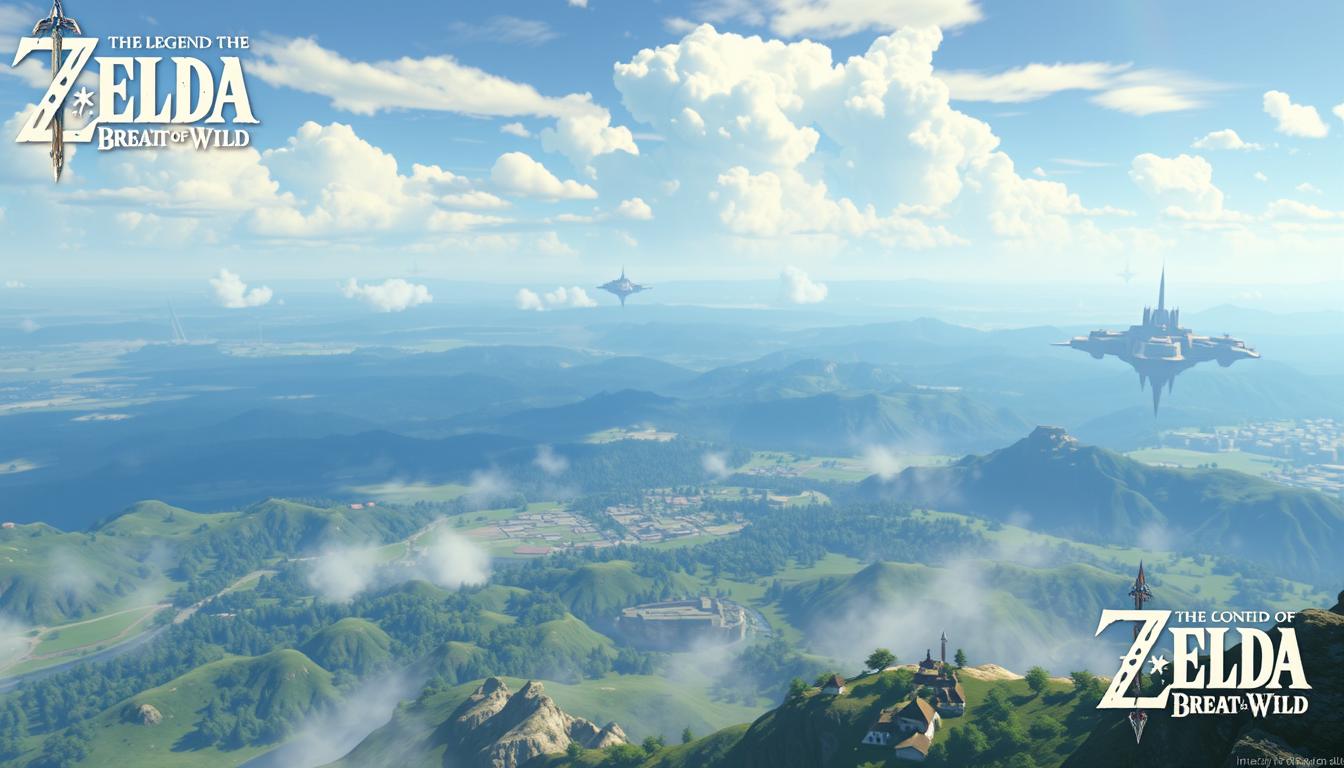
Nintendo's open-world masterpiece demonstrates how to maintain visual cohesion across vastly different environments. Despite encompassing snowy mountains, volcanic regions, lush forests, and arid deserts, the game maintains a consistent watercolor-inspired aesthetic that unifies these disparate areas into a believable world.
The game uses color and lighting as navigational tools, with warm colors often indicating points of interest against cooler backgrounds. Its dynamic weather and time systems create constantly shifting visual moods while maintaining the core art style. Perhaps most impressively, the game's visual design supports its gameplay systems, with climbable surfaces visually distinguished and environmental hazards clearly communicated through visual language.

Team Cherry's metroidvania showcases how 2D visuals can create extraordinary depth and atmosphere. The game uses multiple parallax layers, atmospheric lighting, and hand-drawn elements to transform flat environments into spaces that feel three-dimensional and alive. Its distinctive silhouette-heavy art style creates immediate visual recognition while allowing for efficient asset creation—a brilliant strategy for a small development team.
Hollow Knight's visual storytelling excels through environmental details and enemy design. The degradation of the once-great kingdom is told through architecture and background elements, while the infection spreading through the world is communicated through consistent visual motifs. The game demonstrates that 2D visuals can create worlds just as immersive and emotionally resonant as their 3D counterparts.
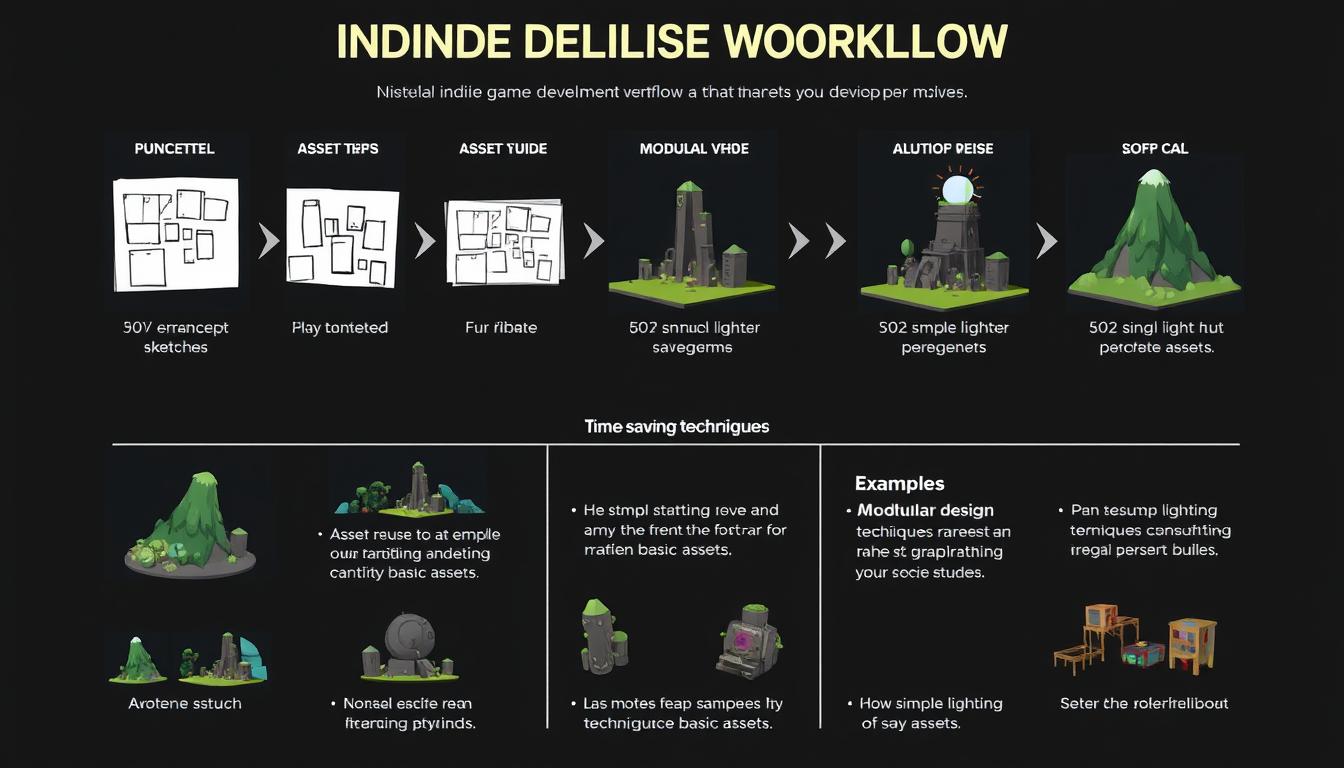
Limited resources often spark creative solutions. Many of gaming's most distinctive visual styles emerged from technical or budget constraints. Minecraft's blocky aesthetic turned simple voxel rendering into an iconic look, while Limbo's silhouette-based visuals created atmospheric horror with minimal detail. Consider how your limitations might become your game's most recognizable visual feature.
With limited resources, focus on what players will see most often. Main characters, frequently used environments, and core gameplay elements deserve the most visual attention. Create a clear visual hierarchy where important elements stand out through contrast, scale, or color. Games like Hades excel at directing player attention to crucial gameplay elements even amid visually complex scenes.
Procedural techniques and modular design can multiply limited art assets. Creating tile sets, modular building components, or procedurally generated variations allows small asset libraries to create seemingly endless visual variety. No Man's Sky demonstrates this approach at massive scale, while smaller indies like Dead Cells use procedural generation to create fresh visual arrangements of hand-crafted components.
"The secret to indie game visuals isn't having the biggest budget—it's having the clearest vision. A consistent, well-executed simple style will always beat inconsistent complexity. Start with a strong visual language document that everyone understands, then build everything to that standard."
- Jen Zee, Art Director at Supergiant Games
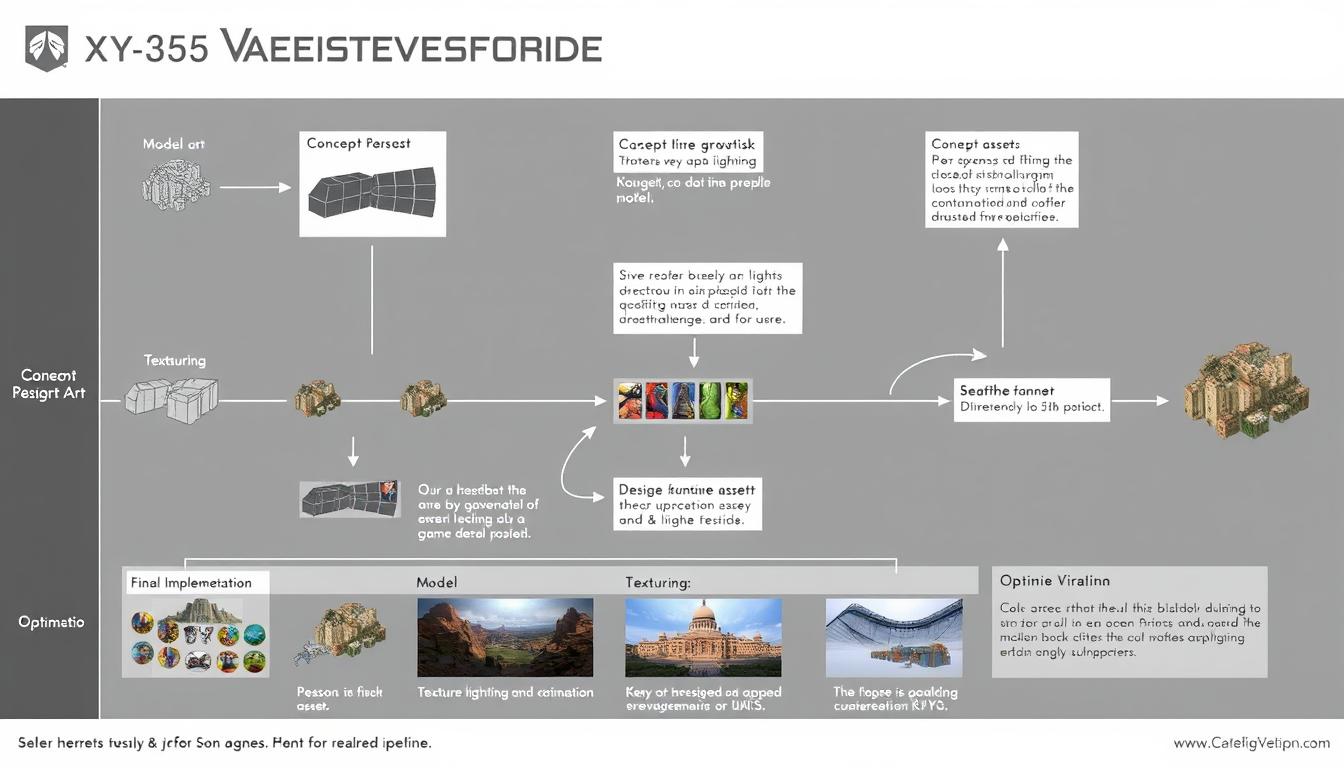
Behind every striking game visual lies technical infrastructure that makes it possible. Understanding the relationship between artistic vision and technical implementation is crucial for developers at any scale. Modern game engines like Unity and Unreal have democratized access to advanced rendering techniques, but knowing how to optimize these tools remains essential.
The eternal challenge in game development is creating impressive visuals that maintain consistent performance. Techniques like level-of-detail (LOD) systems, which display simpler versions of models at distance, help manage this balance. Cel-shaded games like Borderlands demonstrate how stylized approaches can create distinctive looks while being less resource-intensive than photorealism.
Effective lighting can transform even simple geometry into visually compelling scenes. Real-time global illumination, volumetric lighting, and dynamic shadow systems create atmosphere and depth. Games like Control showcase how advanced lighting can become a central visual feature, with its dynamic light sources and reflections creating a distinctive visual identity.
Smart optimization preserves visual quality while improving performance. Texture atlasing combines multiple textures into single files to reduce draw calls. Mesh optimization reduces polygon counts in less noticeable areas. Particle systems use billboarding to create complex effects with simple geometry. These techniques allow games to appear more visually complex than their underlying assets.
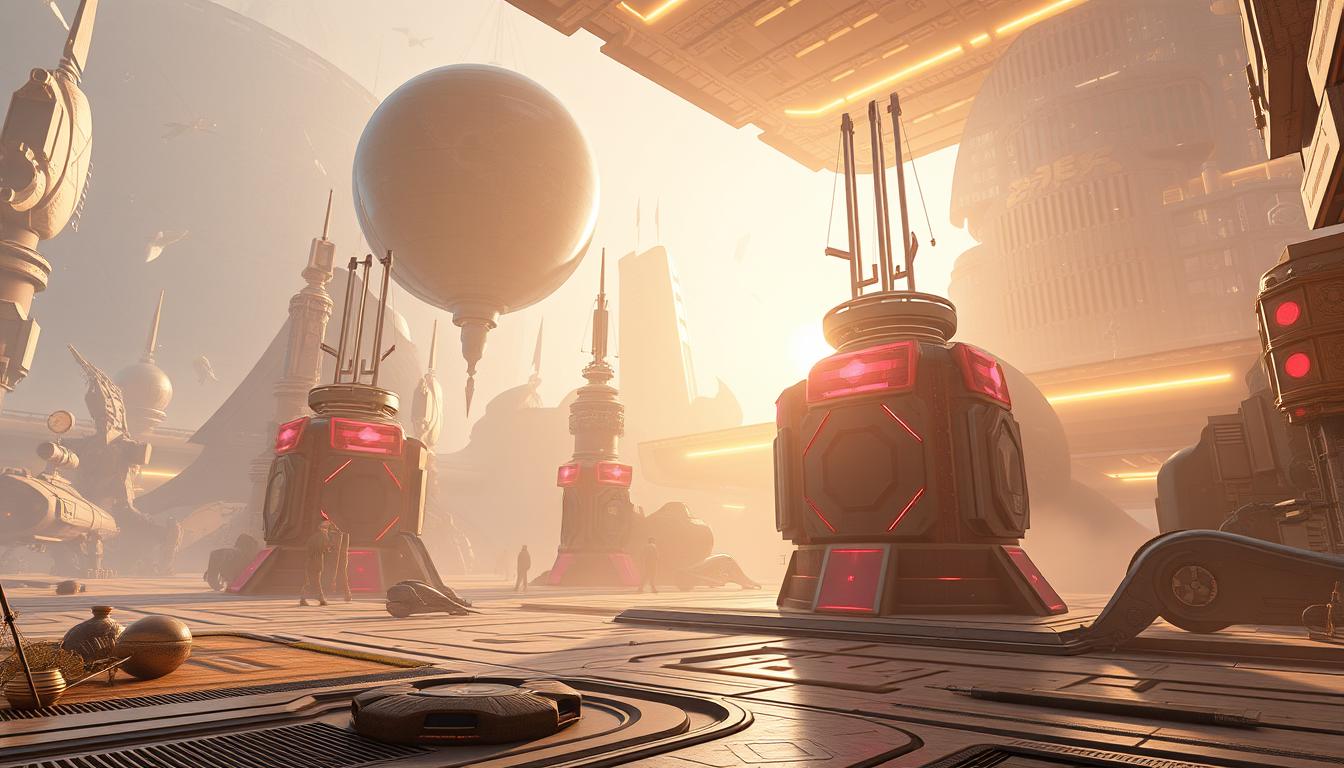
Artificial intelligence is already transforming game visual development. AI tools can generate textures, create variations of existing assets, upscale low-resolution images, and even assist with animation. These technologies don't replace artists but rather expand their capabilities, allowing smaller teams to create more visually rich experiences.
Advanced lighting techniques once reserved for pre-rendered cinematics are now possible in real-time. Games like Cyberpunk 2077 and Metro Exodus showcase how ray tracing creates more realistic reflections, shadows, and global illumination. As hardware capabilities increase, these techniques will become standard, creating more physically accurate and visually impressive game worlds.
Virtual and augmented reality present new challenges and opportunities for game visuals. These technologies demand different approaches to composition, color, and detail to maintain immersion and comfort. As VR/AR hardware improves, we'll see more visually sophisticated experiences that blend digital visuals with physical spaces or create entirely new realities.
Algorithmic approaches to visual creation continue to evolve, allowing for more complex and natural-looking procedural worlds. Advanced procedural systems can now generate not just terrain but entire cities, ecosystems, and architectural styles with internal logic and consistency. These techniques will enable ever-larger game worlds without proportional increases in development resources.
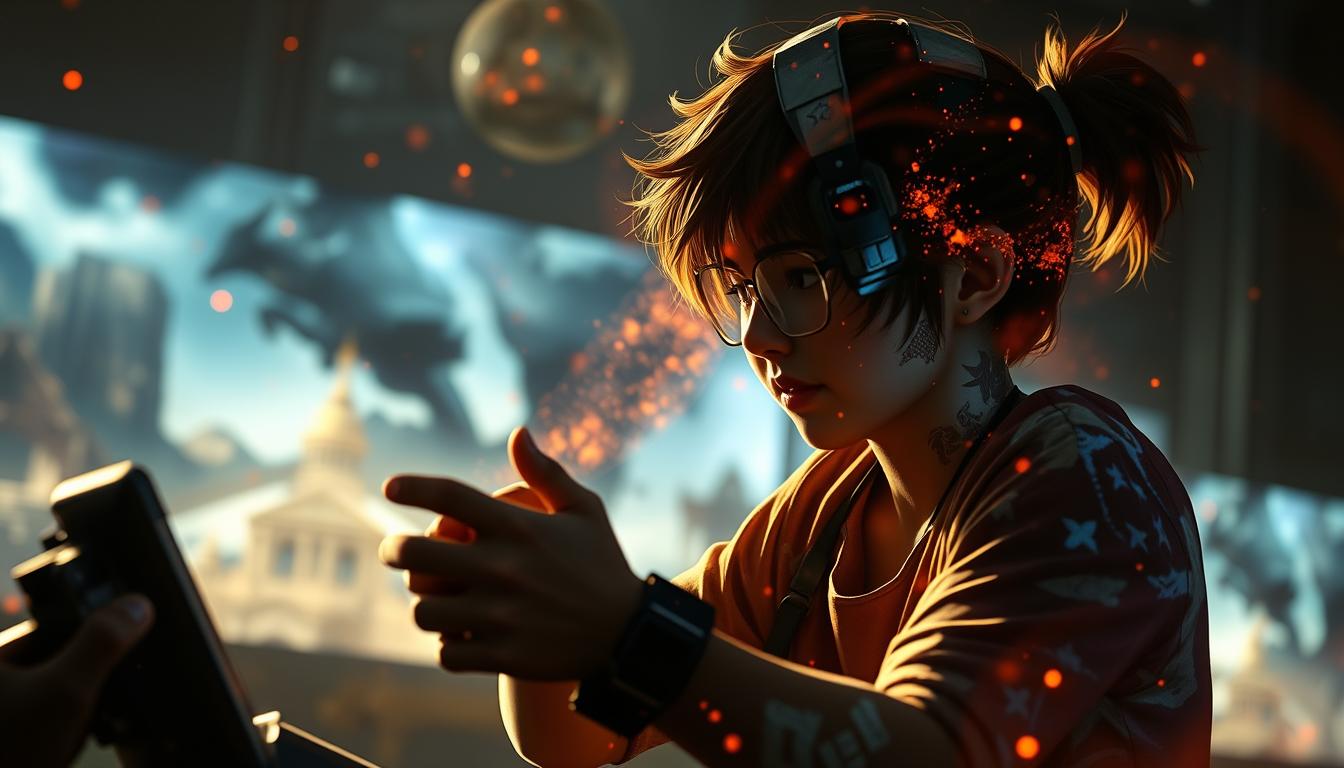
The visual language of games continues to evolve, but its fundamental purpose remains unchanged: to create worlds that captivate, communicate, and connect. From the earliest pixel art to today's photorealistic environments, game visuals serve as bridges between players and experiences, transforming code and algorithms into memories and emotions.
As technology advances, the possibilities for game visuals expand exponentially, but the most memorable games will always be those that use their visual design purposefully—to support gameplay, tell stories, and create moments of wonder. Whether working with AAA resources or indie constraints, developers who understand the power of visual communication will continue to create games that linger in our minds long after we've set down the controller.
The most powerful game visuals aren't necessarily the most technically impressive—they're the ones that work in harmony with all other elements of game design to create cohesive, meaningful experiences. As we look to the future of game development, this fundamental truth will remain constant even as the tools and techniques continue to evolve.